West European, late 16th century.
The Roman cameo dates to the 1st - 2nd century AD, whilst the Renaissance mount dates to circa 1570–1580.
Ring size O UK / 7.25 US / 55 EU.
Weighs 3.7 grams.
The cameo measures 0.8 x 0.7 x 0.5cm.
Provenance: Private collection, England.
An exquisite Renaissance ring featuring a square-set green chromiferous chalcedony cameo, finely carved in high relief with the head of a chubby child, likely Eros. The child is shown adorned with a ruffled collar, possibly a later adaptation to suit 16th-century taste. The cameo, of Roman origin and partially reworked in the Renaissance, is set into an ornate gold mount, finely worked and enamelled in white, red, and black.
The shoulders of the ring are delicately pierced with side lugs; the reverse of the setting is further enriched with X-shaped ribs and fine striations along the prominent bezel. Minor losses to the enamel are noted.
Chromiferous chalcedony (Plasma), prized in antiquity for its vivid green hue, was widely used for engraved gems and seals across the Roman Empire. Although Pliny the Elder described its origin as India, no deposits have been found there; the most probable source is Anatolia (modern-day Turkey). Chromiferous chalcedony disappeared from use in the ancient world in the 2nd century when the known deposits were mined out. This type of gem carving—especially depictions of Eros—was a favoured subject in Roman glyptic art and frequently reinterpreted during the Renaissance.
The child’s neck appears to have been trimmed to resemble the fashionable ruffled collars worn by children in the late 16th century, as illustrated by contemporary portraiture such as the marble bust of a girl in the Louvre (inv. RF 1634). A related ring, discovered in the Seine in 1841 and preserved in the same museum, features a comparable though less refined setting (inv. OA 654). A ring of the same manufacture can be found in the collection of the British Museum, which is set with a sardonyx cameo of Elizabeth I, dated to circa 1575-1600 (Registration number AF.1432), it is therefore not inconceivable to suggest that the cameo is a possible depiction of a member of English nobility. - https://www.britishmuseum.org/collection/object/H_AF-1432?selectedImageId=250768001
A Renaissance ring from the same period and set with a cameo of a putti, made by Giacomo Anfossi for Pope Gregory XIII (c.1502-85) was sold by Bertolami, Auction 66 - Part II - Glyptic, 10th July 2019 for £190,000 plus buyers premium - https://bertolamifineart.bidinside.com/en/lot/55857/an-extraordinary-papal-gold-ring-pearls-/
Further comparative examples may be found in the following collections:
– The British Museum, London (inv. no. AF.1946).
https://www.britishmuseum.org/collection/object/H_AF-1946
– The British Museum, London (inv. no. 1917,0501.531).
https://www.britishmuseum.org/collection/object/G_1917-0501-531
– The Victoria and Albert Museum, London (inv. no. O122323).
https://collections.vam.ac.uk/item/O122323/ring-unknown/
– The J. Paul Getty Museum, Los Angeles (inv. no. 103WFQ).
https://www.getty.edu/art/collection/object/103WFQ
Literature:
– R. Gennaioli, Le gemme dei Medici al Museo degli Argenti, Florence, 2007, pp. 355–357
– P. Vittellozzi, Tesori di una collezione privata: intagli, cammei, gioielli, objets de vertu, Pérouges, 2017, cat. 131–132, pp. 183–184





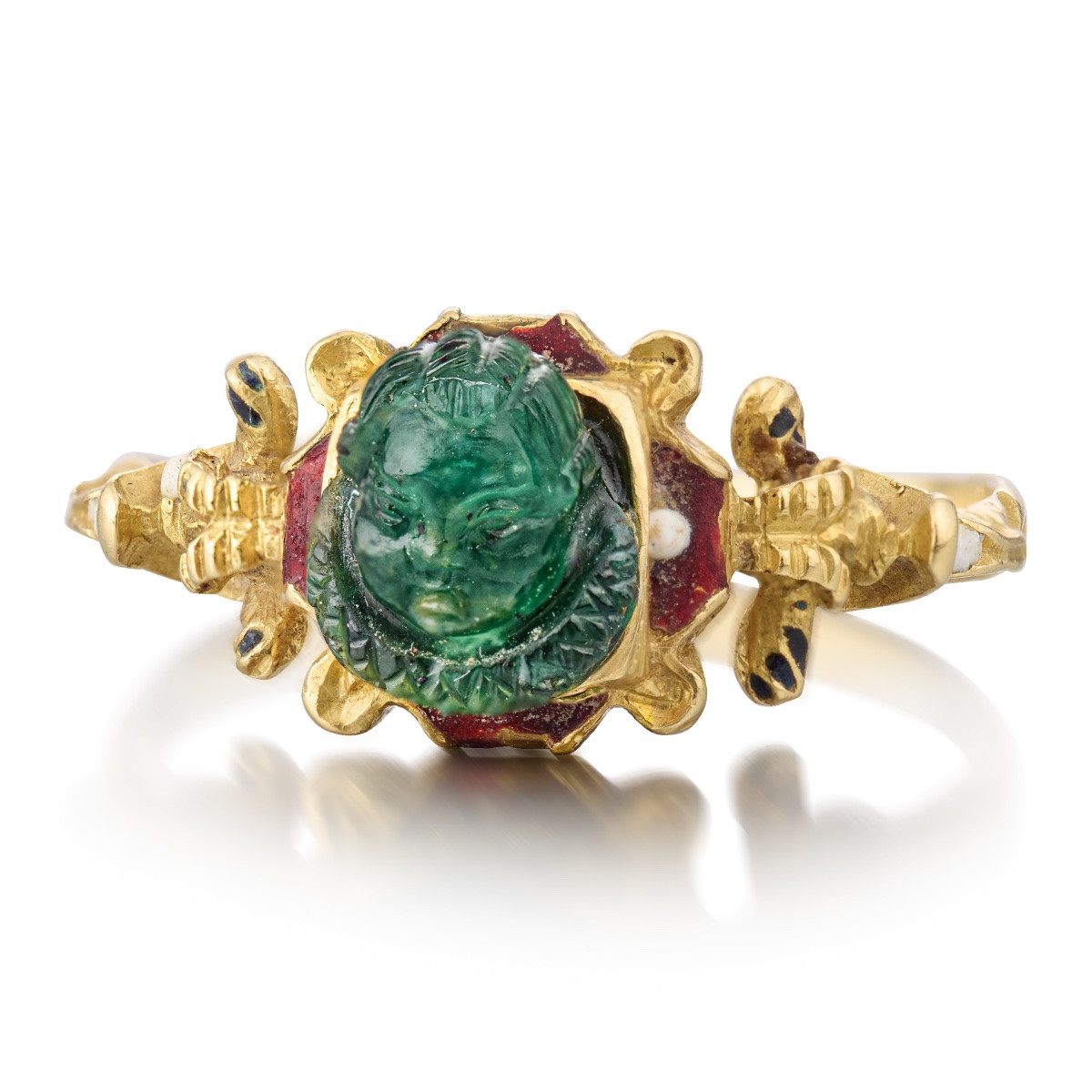
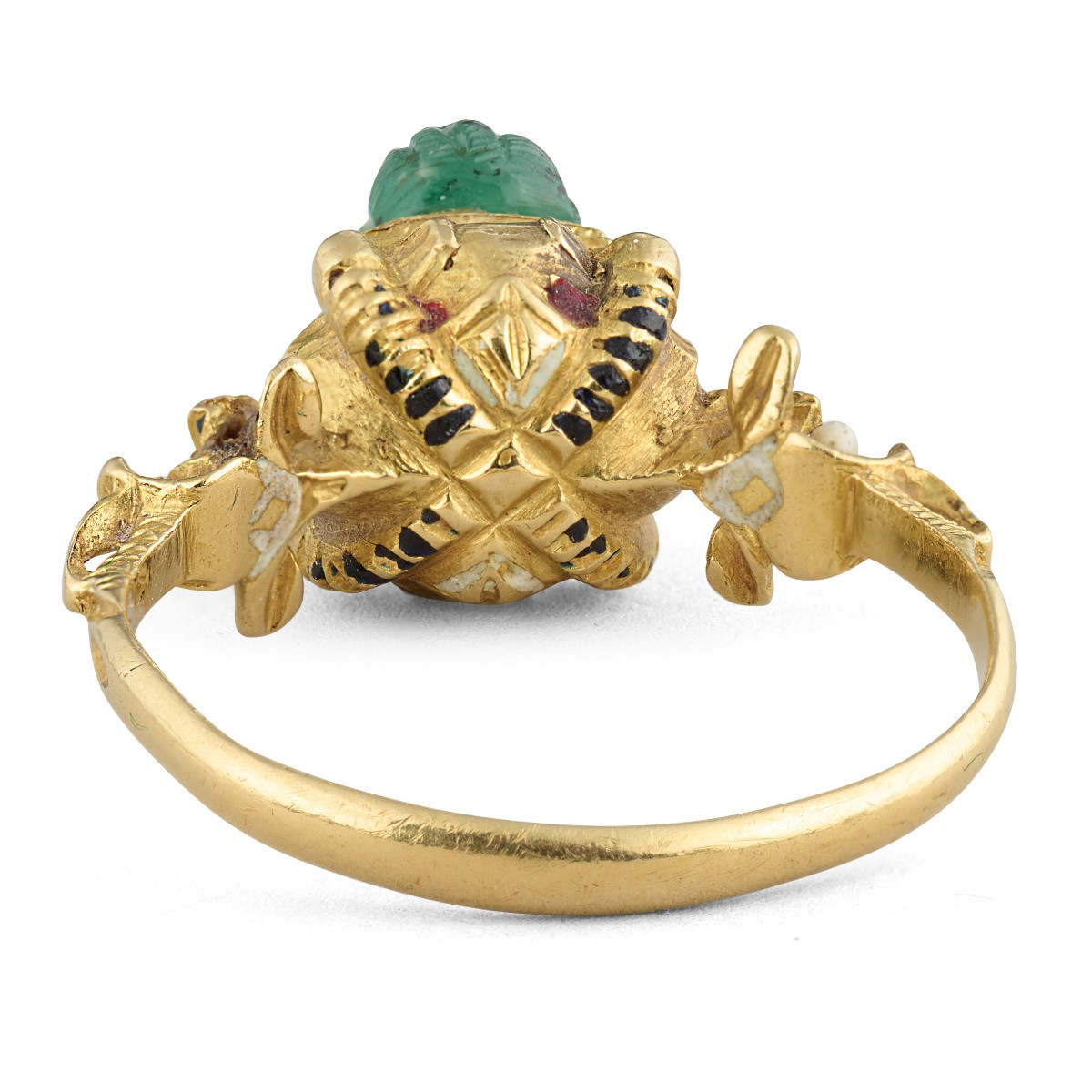




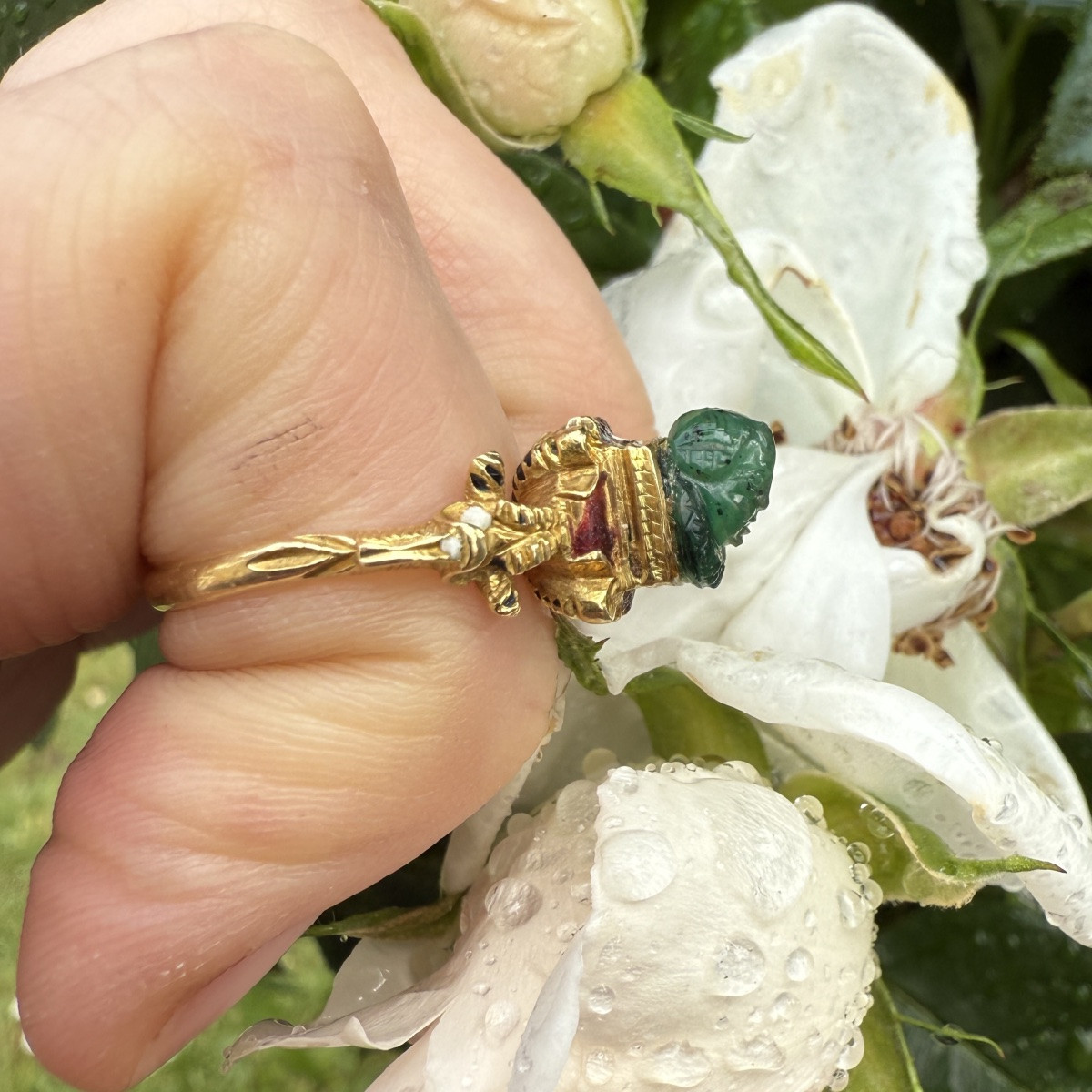


















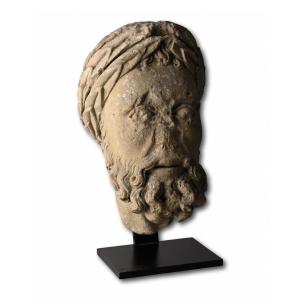
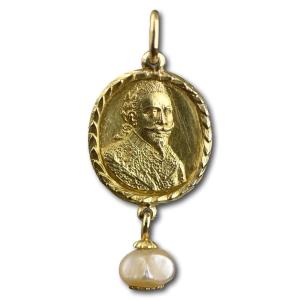

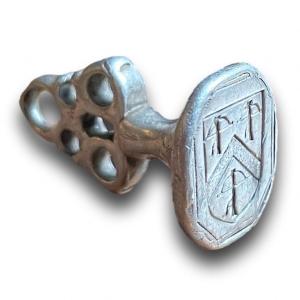



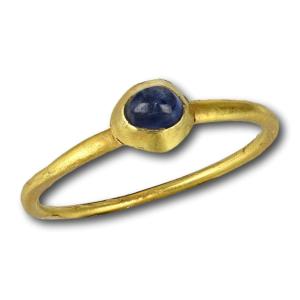





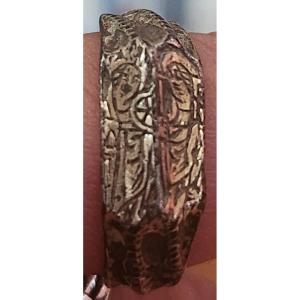

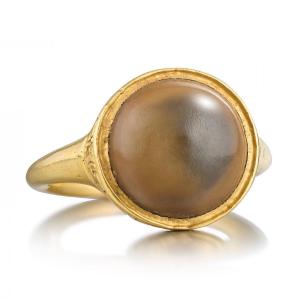
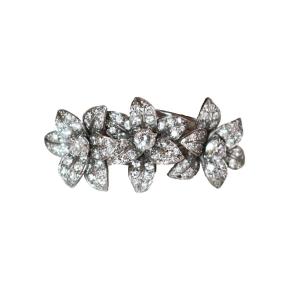



 Le Magazine de PROANTIC
Le Magazine de PROANTIC TRÉSORS Magazine
TRÉSORS Magazine Rivista Artiquariato
Rivista Artiquariato